Listen to the interview with Kelly Mendoza (transcript):
Sponsored by Fearless Schools and Google’s Applied Digital Skills
Does anyone remember making book covers with shopping bags? If you’ve been around long enough, there’s a good chance that when you went to school, you were issued a couple of textbooks at the start of every school year. For the whole year, you were responsible for keeping that textbook clean and intact, and covering your book was often the very first homework assignment for the year. So most of us would go home and make covers out of brown paper shopping bags. (If you have no idea what I’m talking about, watch this. It’s exactly how I did mine.)
Those books and their covers represent a period in history that is long gone now, a time when schools chose a specific delivery system for a narrow body of information and that was what you learned. And it was what the classes before you and after you learned as well, as long as the spines of those books held together. Educators had almost complete control over the content students consumed.
Now those days are over. Our students can access information on any topic in seconds, and that information can come from all kinds of sources. In a lot of ways, that’s a really good thing. It means our students have a better chance of learning about the world from different perspectives. It means they can pursue any line of inquiry that strikes their fancy and teach themselves about things that go way beyond their schools’ prescribed curriculum. But it also means they are more likely to come across information that has not been fact-checked or vetted by anyone with any expertise. They are more likely to stumble across content that can mislead or harm them.
And there’s more: Just like everyone else, students also now have the ability to create their own content and share it with the world, which is both an incredible opportunity and a potential minefield of problems.
This reality isn’t going to reverse itself; the channels for consuming and creating content will only become more abundant and easier to access, so our job now, instead of trying to control what stuff reaches our students or restrict their ability to contribute to that growing body of stuff, is to teach them how to participate in the system effectively: arm them with finely tuned critical thinking skills and a clear understanding of the ethics of content creation.
In other words, we need to build our students’ media and news literacy.
That’s where Common Sense Education can help. I’ve been a huge fan of the Common Sense platform for years; they offer fantastic reviews of movies, TV shows, books, and video games that help parents figure out if a particular piece of media is appropriate for their kids. They also offer a really solid, completely free digital citizenship curriculum that covers a wide variety of topics, including media and news literacy.
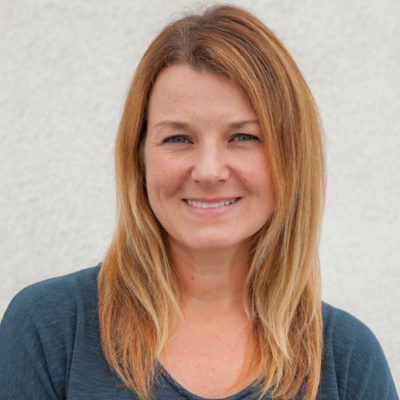
On the podcast, I talked with Kelly Mendoza, Vice President of Education Programs for Common Sense about their curriculum, with a closer look at the media and news literacy strand. Here we’ll take a close look at three specific lessons from that strand: one for grade 4 on a creator’s rights and responsibilities, one for grade 6 on finding credible news, and one for grade 10 on confirmation bias. These will not only give you a taste of what Common Sense’s curriculum has to offer, but they might also spark some ideas for how to approach media and news literacy in your own lessons.
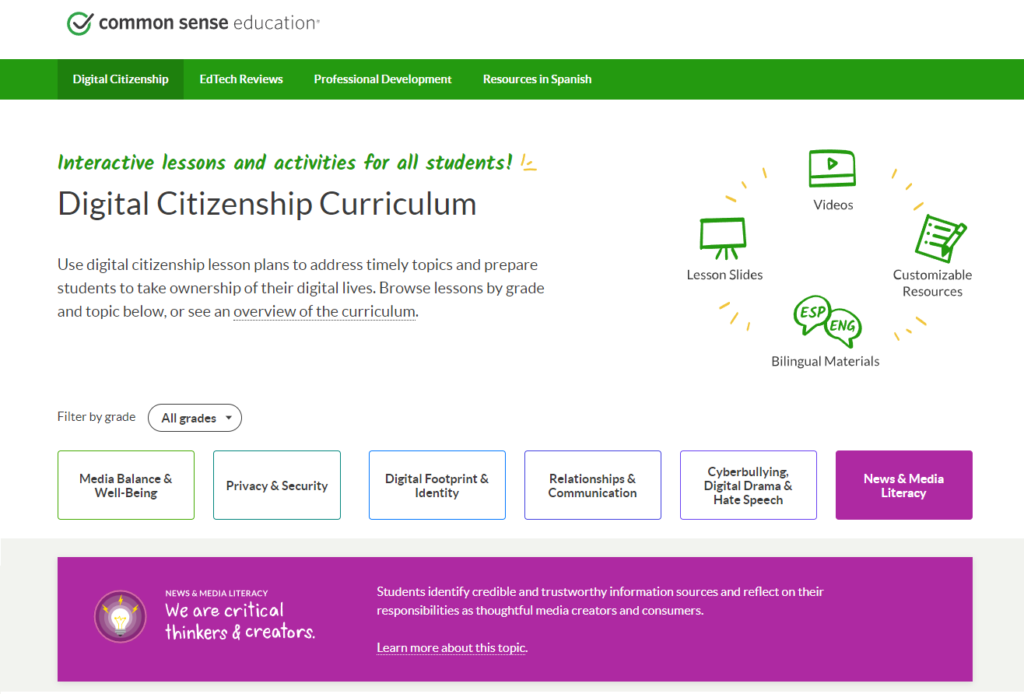
Setting the Vision: What are we trying to do here?
To build media literacy effectively, it helps to start with a clear definition of what it is. “People think of it as analysis,” Mendoza says, “but it’s actually a whole set of skills of accessing, analyzing, evaluating, and creating media.” When they develop lessons around media and news literacy, the Common Sense team starts by asking students this over-arching question: How can I think critically about what I see and create?
From that starting point, the curriculum is built around three guiding philosophies:
Philosophy 1: As a digital citizen, you have both rights and responsibilities.
“We use a framework called the Rings of Responsibility,” Mendoza explains. “Oftentimes with digital citizenship, I think it’s like, What is the impact on you, and what’s your behavior as a digital citizen? But in fact, all your behaviors and decisions have a ripple effect on other people in online community whether you know them or you don’t know them, and you have responsibilities to others. So, for instance, if you like or share a piece of mis- and disinformation, you’re having an impact on the online global community. If you are creating something and you use somebody’s work without their permission, that has an impact on the global community. So it’s your rights and responsibilities as a consumer and a creator.”
Philosophy 2: Be critical, not cynical.
“We don’t want students to think Everything’s a lie and I can’t believe anything I read online, because that’s not true,” Mendoza says. “There are experts, there’s validation through journalistic processes. And so as students get through the curriculum, they learn about these things. The point of media and news literacy is pulling back the curtain and asking questions. Who’s the author? What’s their intent? What’s their message? And what are the implications? So it’s a lot of inquiry, and the thing is students may have different opinions, oftentimes, and that is core to media literacy.”
Philosophy 3: Don’t just debunk mis- and disinformation; examine the value systems behind them.
Mendoza says that taking different perspectives is a disposition that’s prevalent throughout the curriculum. “It’s hard to change our mind once we’ve drawn a conclusion,” she says. “Our brain tries to protect relationships in our tribe or the community we’re in, and we tend to be skeptical of ideas that are outside of our own community. We all have to try to get outside of our own bubbles.”
Lesson 1: A Creator’s Rights and Responsibilities
Grade 4. See full lesson here.
This lesson teaches students about copyright and intellectual property. “I think there’s a sentiment (among) kids, like, Oh, if it’s online, it’s mine. I get to use it. I get to use whatever I want. It’s free game.” Mendoza says. “And that’s just not true.”
- Opening: Students explore the idea that everyone is a creator, “whether you post one comment or you are creating and posting a video,” Mendoza says. “When you create something original or unique, that’s yours…you actually have a copyright now, even if it doesn’t have that little C-symbol on it.”
- Terminology: Next, students work in small groups to get familiar with relevant vocabulary: copyright, intellectual property, attribution, license, and plagiarism.
- Application: Students are presented with different scenarios in which they have to make decisions or evaluate practices using ethical copyright principles, like asking creators for permission and giving attribution when using other people’s work.
Lesson 2: Finding Credible News
Grade 6. See full lesson here.
“We know from our own research at Common Sense that kids, teens, tweens, and teens are getting their news from social media, period,” Mendoza says. So in this lesson, “they’re learning a process to identify, evaluate and use information effectively and find trustworthy sources.”
- Opening: To start thinking about how fabricated information can look real, students study a completely fake news story that appears to be real and are asked for their reaction before and after its authenticity is revealed.
- Analyzing Sample Articles: Using an “Internet Investigator Checklist,” students evaluate the credibility of three sample articles. Part of that checklist includes asking yourself if a text generates strong emotions, which Mendoza says “might be a telltale sign that it’s maybe not credible.” Students also do lateral reading, which requires them to move away from the original source to find other sources to corroborate the facts presented.
Lesson 3: Challenging Confirmation Bias
Grade 10. See full lesson here.
Confirmation bias is basically a tendency for us to interpret information in ways that affirm what we already believe,” Mendoza says. “The internet is built with algorithms that tend to serve us information that validates what we already believe.”
- Opening: Students are presented with three headlines that sound far-fetched and predict which one sounds the most likely, based on what they already know.
- Exploration: Students learn and take notes on combatting confirmation bias through a variety of sources, including articles and a video from KQED’s Above the Noise series.
- Mnemonic Device: Students work in groups to develop a mnemonic device that they can reference to challenge their own confirmation bias while consuming content.
Learn More
These lessons are just a small sampling of Common Sense Education’s full Digital Citizenship curriculum. Explore all of the lessons here. While you’re there, also check out their News and Media Literacy Resource Center and browse all of their articles related to news and media literacy.
Join our mailing list and get weekly tips, tools, and inspiration that will make your teaching more effective and fun. You’ll get access to our members-only library of free downloads, including 20 Ways to Cut Your Grading Time in Half, the e-booklet that has helped thousands of teachers save time on grading. Over 50,000 teachers have already joined—come on in.

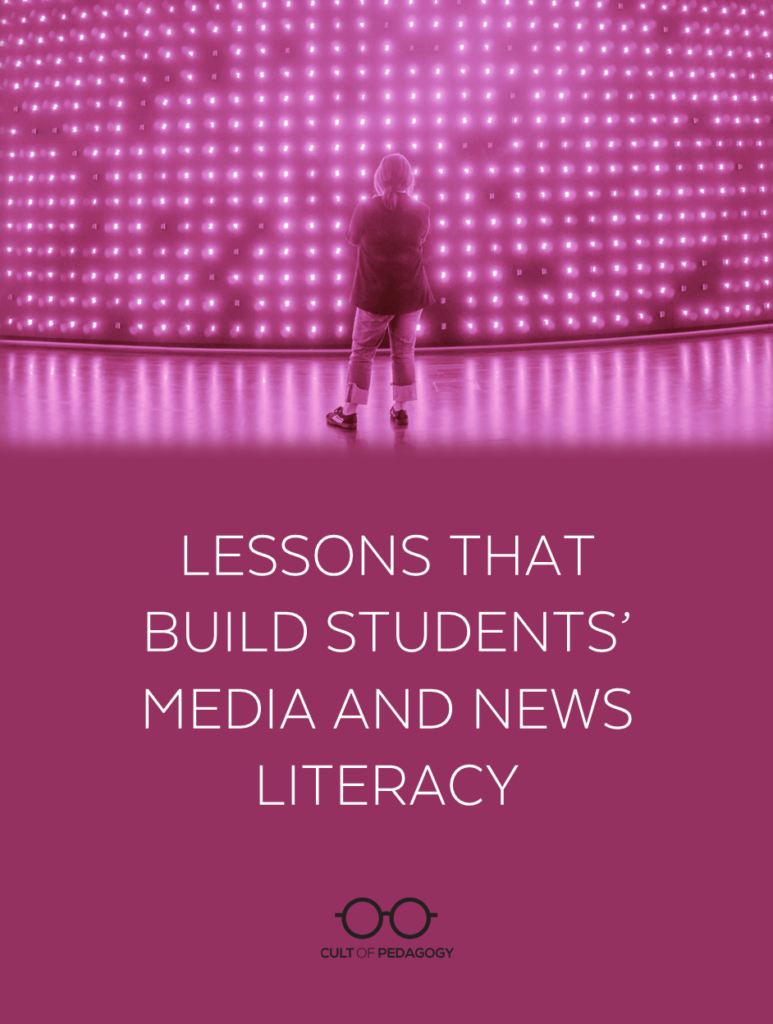
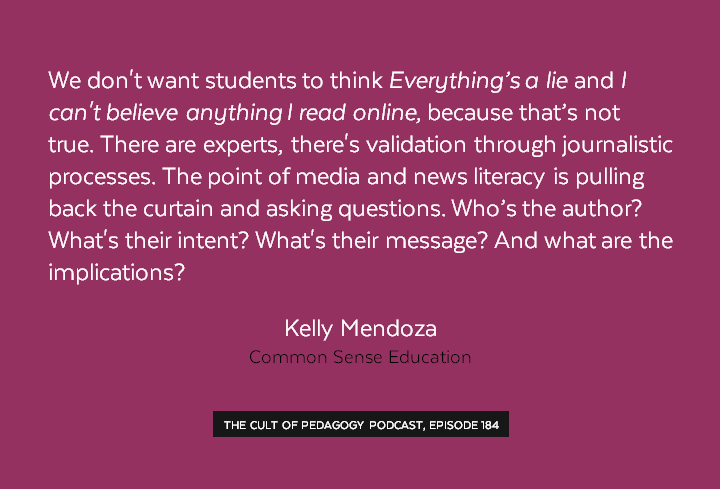
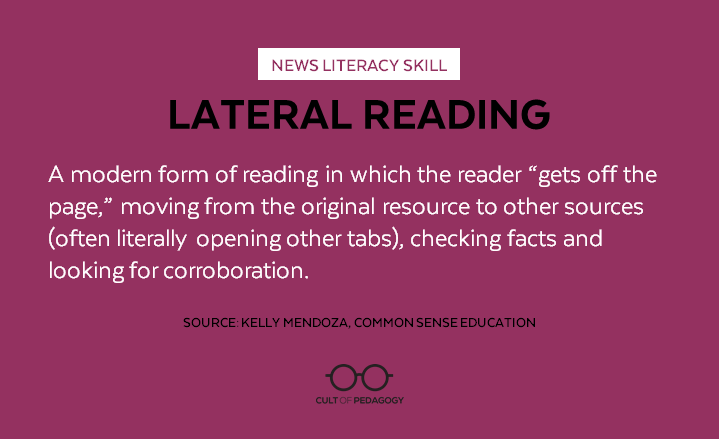

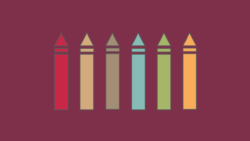
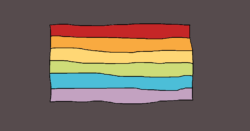

Common Sense resources are fantastic , no doubt. I noticed they reference Checkology, the incredible curriculum from the news literacy Project. I think it would be great to also have someone from newslit.org on the program. Checkology is one of the best ready-made curricula on any subject that I’ve come across.
Thanks for sending this our way! We’ll add this to our list of sites to check out!
The News Literacy Project has great resources and PD for educators.
https://newslit.org/
Thanks for sending this our way! We’ll be sure to check it out!
Just wanted to share a bunch of news for kids websites, especially for younger students (besides my own website, Little News Ears). If you go to LittleNewsEars.com and scroll all the way down to the bottom you’ll see tons of resources…even in different languages.
Thanks for sharing, Dan.
We need this type of study for adults as well… even as far as getting the oldest interested in being tutors for their grandchildren (and thus learning what they intend to teach). Nobody likes where the culture seems to be going these days. (I want to study this course myself!)
Hello! I am currently a graduate student completing my master’s in education with a secondary social studies teaching certificate. This is an incredibly timely topic! I love how you acknowledge that our students have access to endless resources and information with just a few clicks, a tool that wouldn’t be available even thirty years ago. Both teachers and students frequently use information found online to frame their understanding of any particular topic. However, more and more people are also creating content for consumption online, particularly on social media. I agree that it is essential that we teach our students’ media and news literacy so that they can effectively navigate the resources they come across. Thank you for your recommendation of using Common Sense Education and the digital citizenship curriculum. I will be sure to look into these sources as I plan an upcoming unit on media literacy. In particular, I will be sure to mention the third philosophy, having students frame pieces of misinformation and disinformation in the larger context they exist in. Also, I love the lesson ideas that have been proposed! These may frame a lesson on media literacy I plan to use with my sophomore civics class! Thanks again!
Thanks for taking the time to share your thoughts, Abigail! We’re so glad that you found the post valuable.